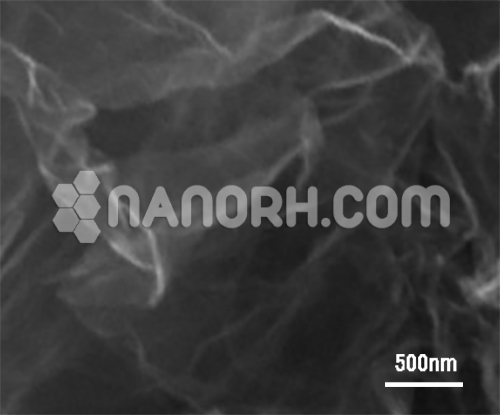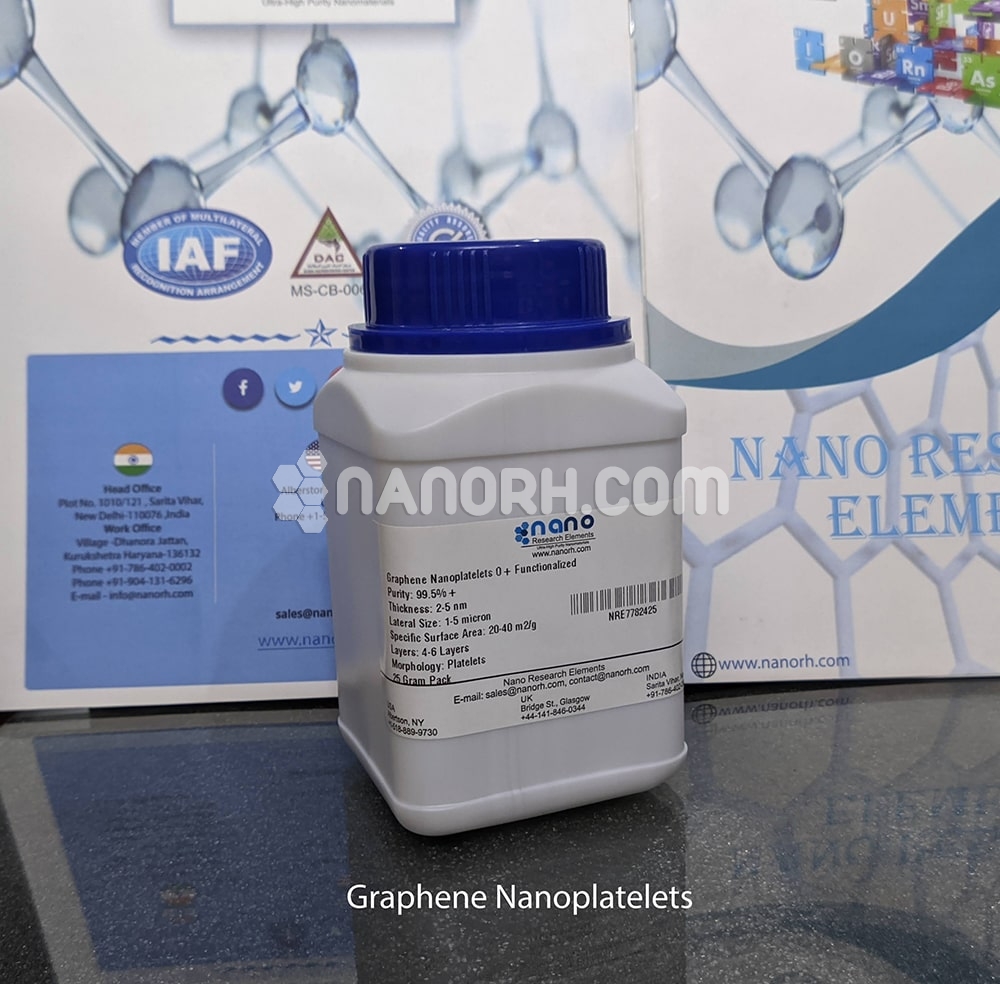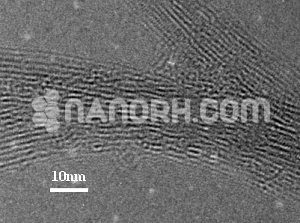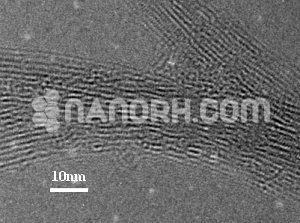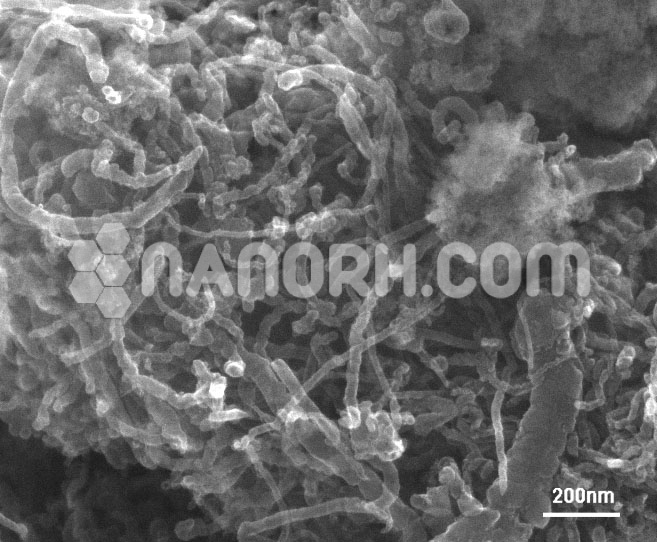| Research Grade Graphene Nanoplatelets | |
| Product No | NRE-39022 |
| CAS No. | 7782-42-5 |
| Formula | C |
| Purity | 99.5% |
| Average Layers | 3-6 |
| APS | 2-8nm |
| Color | Black |
| Density | ~ 2.3 g/cm3 |
| Tensile Strength | 5 Gpa |
| Electric Conductivity | 80000 S/m |
Research Grade Graphene Nanoplatelets
Introduction
Research grade graphene nanoplatelets are high-quality forms of graphene material that consist of multiple layers of graphene sheets stacked together. These nanoplatelets typically range from a few nanometers to hundreds of nanometers in lateral size, with their thickness varying from a few layers to several tens of layers. Research-grade graphene nanoplatelets are produced using advanced chemical vapor deposition (CVD), exfoliation, or chemical reduction techniques, yielding materials with excellent structural properties, high purity, and specific characteristics that are desirable for scientific experiments and high-performance applications.
Applications
Research-grade graphene nanoplatelets are widely used in a variety of applications due to their excellent properties. These applications span electronics, energy storage, composites, sensors, bioengineering, and environmental science. Some of the most notable applications include:
Energy Storage and Supercapacitors
Supercapacitors: Graphene nanoplatelets are widely used in supercapacitors (also called ultracapacitors) as high-performance electrode materials. The large surface area and high electrical conductivity of GNPs contribute to high energy storage and fast charge/discharge rates. In supercapacitor electrodes, the graphene nanoplatelets provide excellent pseudocapacitance and electrochemical stability, leading to enhanced energy density and power density.
Lithium-Ion and Sodium-Ion Batteries: GNPs are used in the development of anode materials for lithium-ion batteries (LIBs) and sodium-ion batteries (SIBs). The nanoplatelets provide excellent conductivity, enhancing the capacity and charge/discharge efficiency. GNPs help in improving the structural integrity of the electrodes and provide enhanced cycling stability by minimizing electrode degradation during charge cycles.
Hybrid Energy Storage Systems: In hybrid supercapacitors and batteries, graphene nanoplatelets are utilized as conductive additives that increase the capacity and lifetime of the storage devices. These systems often combine the high energy density of batteries and the high power density of supercapacitors, with GNPs providing significant improvements in both areas.
Composite Materials
Conductive Composites: One of the most common uses of graphene nanoplatelets is in polymer composites, where GNPs are used to enhance electrical conductivity and mechanical properties. For instance, GNPs are added to polymers, metals, or ceramics to improve strength, flexibility, conductivity, and thermal conductivity. These composites are used in a variety of applications, including automotive parts, electronic devices, aerospace components, and construction materials.
Thermally Conductive Composites: GNPs also improve the thermal conductivity of composite materials. When incorporated into materials used in electronics or heat sinks, they enhance heat dissipation and prevent overheating of devices. These composites are essential for electronic packaging, heat management, and thermal interface materials.
Nanocomposites in Coatings: GNPs are used in coatings and paints to enhance the corrosion resistance, electromagnetic interference (EMI) shielding, and thermal conductivity of the coated surfaces.

